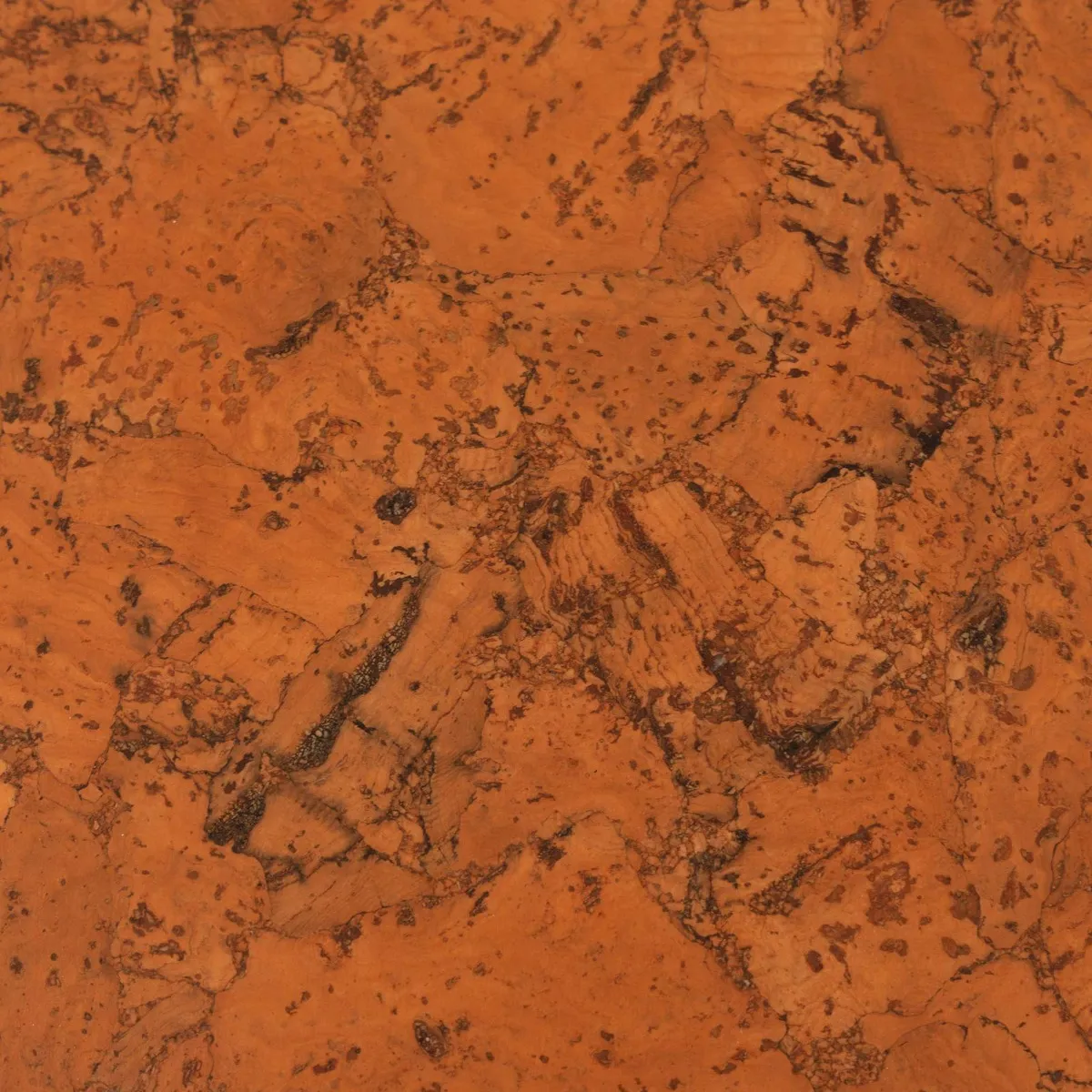Turns Out There's Way More to Love About Cork Flooring Than Just Good Looks
Cork flooring has a growing number of devotees who’ve fallen for its style and sustainability. Here, we weigh up the pros and cons

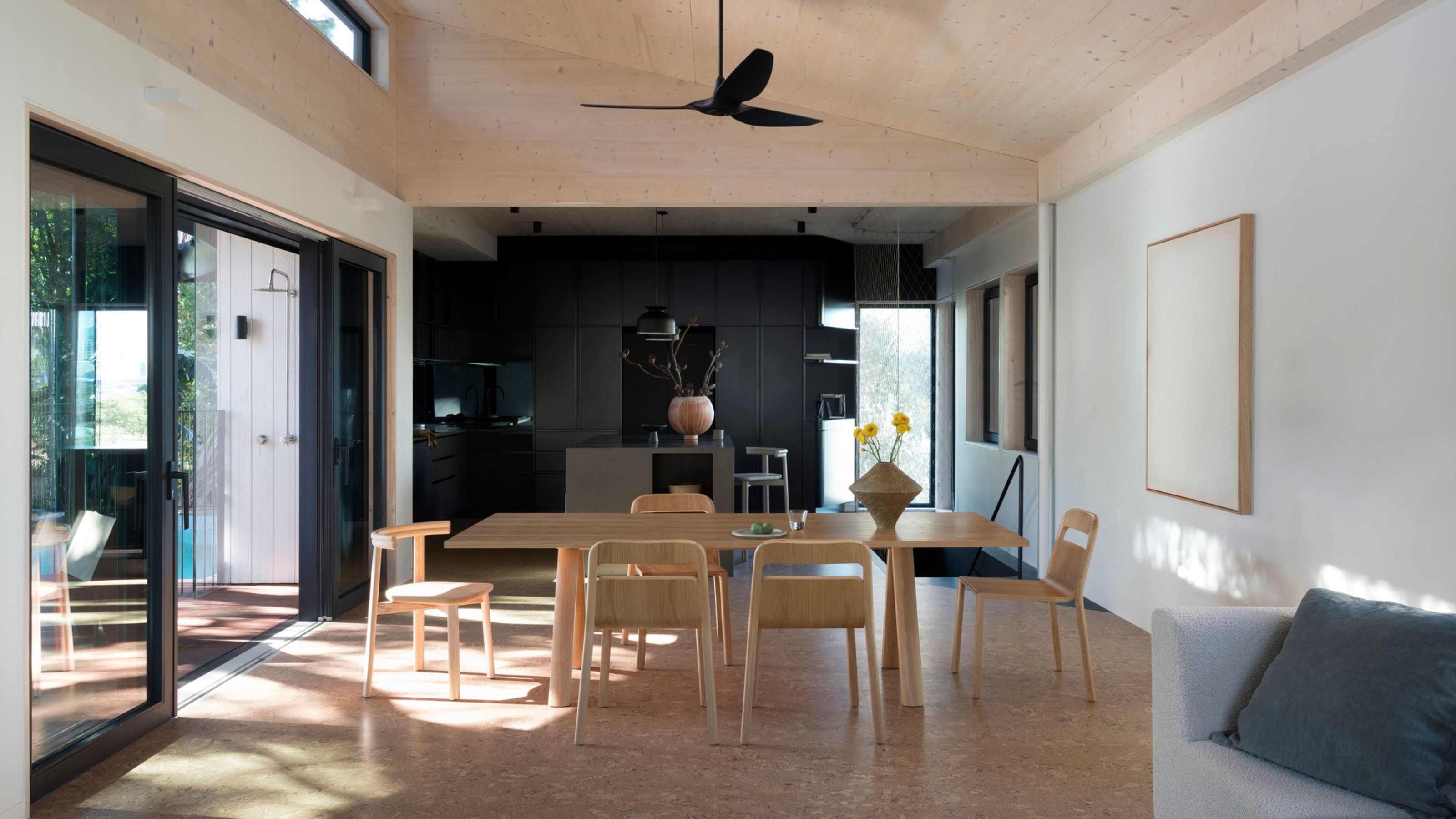
Previously typecast as a 1970s design element that shouldn't be revived, cork flooring has found growing favor with interior designers as of late. And it's not only its eco credentials that are being celebrated, but also its unique style.
Cork is among the number of eco flooring options that can introduce more sustainable materials into your home. And as it turns out, that's not just good for the earth, but your indoor air quality, too.
When weighing up cork flooring for your home, it's worth considering its durability and where and how it's best used. Below, we're looking at both its benefits and downsides, what cork flooring brings to a home aesthetically, and what to look for when buying cork flooring for your space.
How Sustainable is Cork Flooring?

Cork flooring has strong eco credentials. “Cork is harvested by peeling the outer bark from the tree,” explains interior designer Chloe Bullock of Materialise Interiors and author of Sustainable Interior Design (available on Amazon). “The tree is not felled, but instead remains in place and the outer bark harvesting happens every nine to 12 years from the time the tree is 25 years old."
Because of this, cork trees can live for 200 years. “The Rainforest Alliance reports that compared to an unharvested tree, a harvested cork oak tree stores up to five times more carbon thanks to the cork harvesting process and subsequent regeneration of the bark, so cork is carbon negative,” Chloe continues.
A further reason for its sustainability is the versatile nature of cork surfaces. “Cork is used for such a wide span of product types — from large format to granular — every part is used, so there’s no wastage,” Chloe explains.
But as with any comparable plank flooring — whether timber or bamboo — it is important to ensure cork flooring comes from well-managed forests, she points out. (And there's more on this below.)
The Livingetc newsletters are your inside source for what’s shaping interiors now - and what’s next. Discover trend forecasts, smart style ideas, and curated shopping inspiration that brings design to life. Subscribe today and stay ahead of the curve.
Types of Cork Flooring
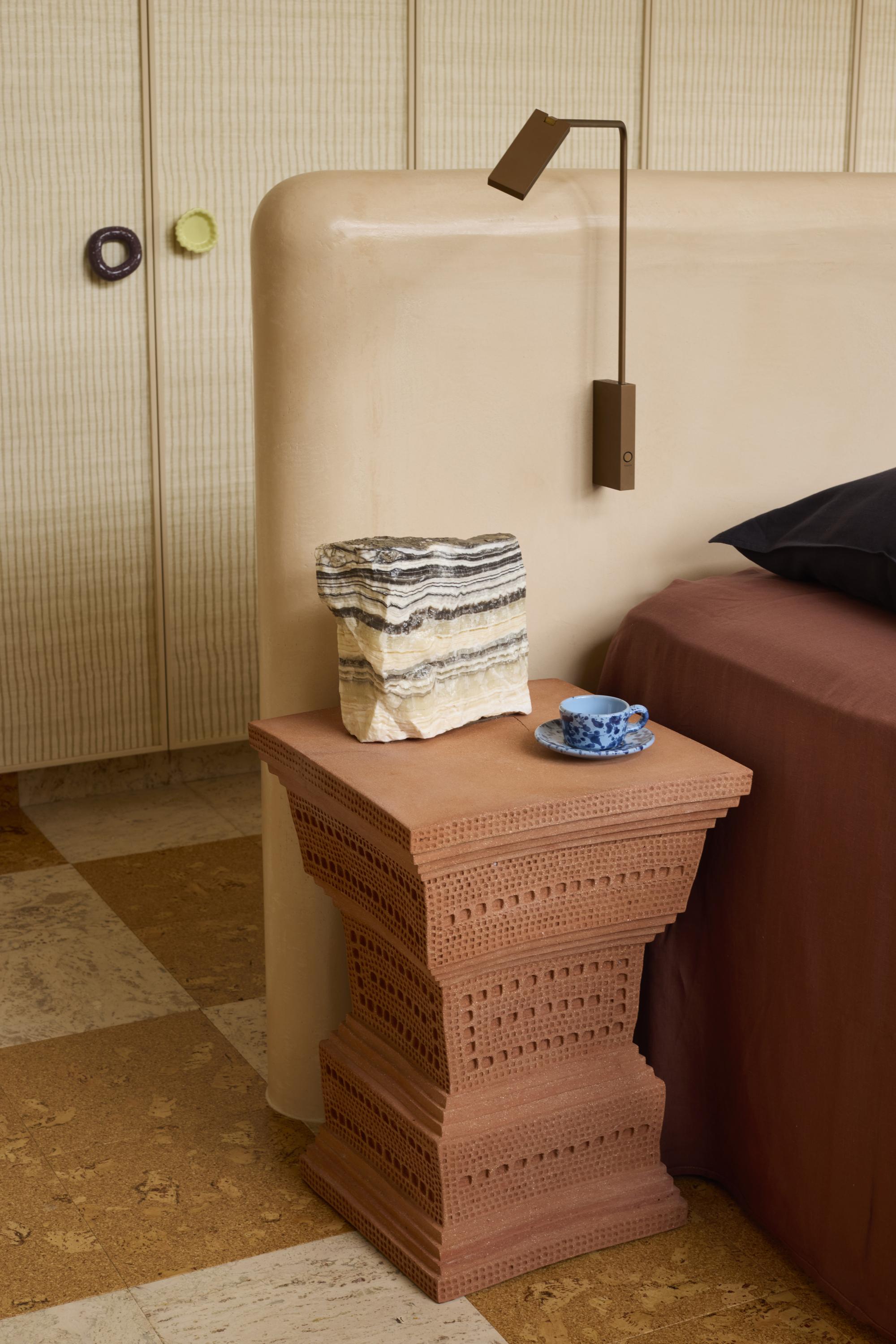
Cork flooring is available as both tiles and planks. The tiles come in a range of sizes and thicknesses, and in both square and rectangular formats. Colors include those you might think of as typical cork shades, but there is a wider range than this, from light to dark, as well as different surface appearances that offer attractive detailing.
The pattern varies depending on the size of the grain, as well as how it was manipulated during product — you can get pale, whitewash styles or vibrant terracotta reds. If you opt for a raw cork tile, these can then be varnished in a chosen shade, or waxed to accommodate any design style.
The plank format is much like an engineered board, but with cork layers all the way through, Chloe Bullock explains. As with cork tiles, different shades and effects provide plenty of creative possibilities when it comes to cork flooring.
How to Choose Quality Cork Flooring
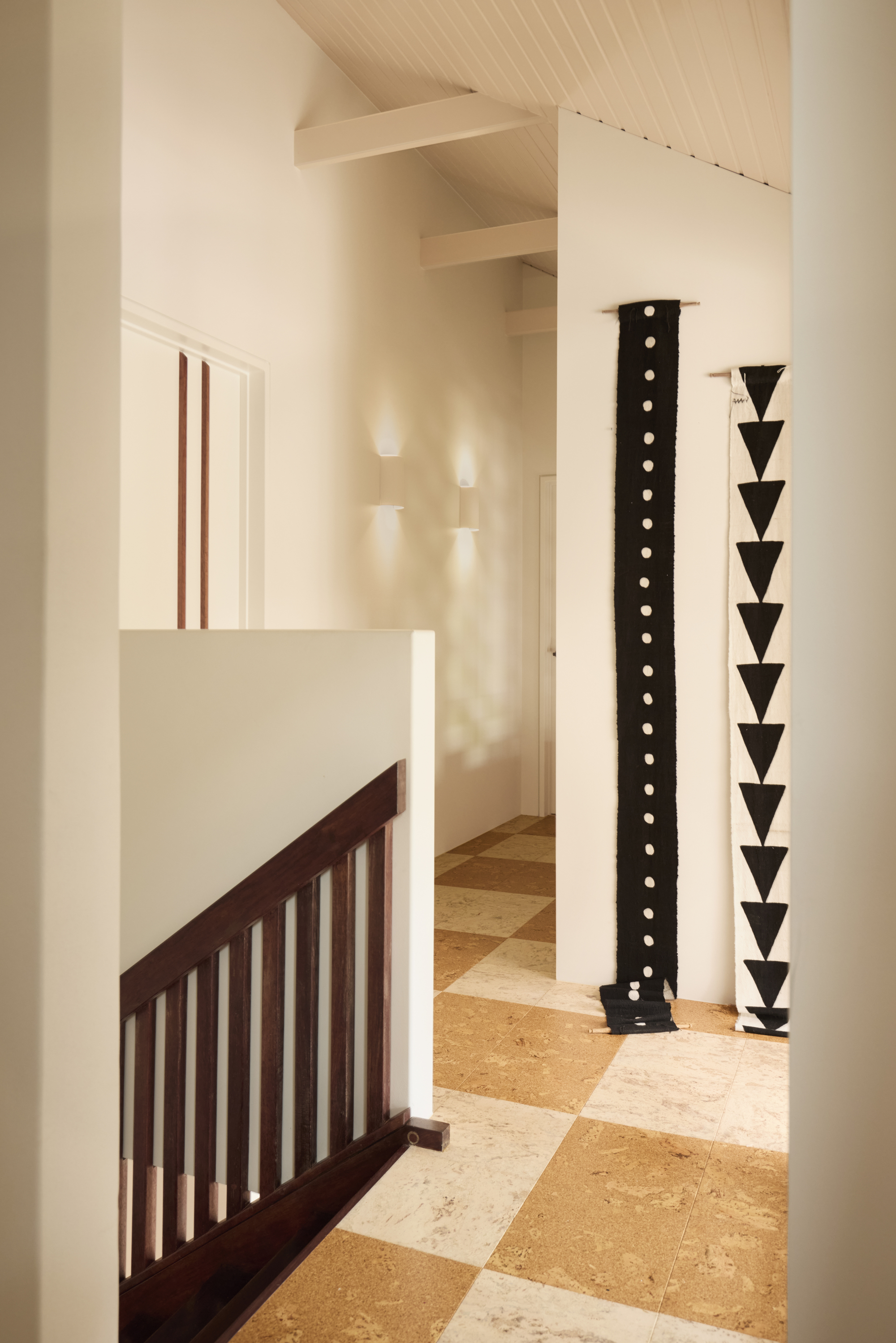
It is crucial to look at the sourcing of cork flooring to ensure your choice is a sustainable one. “Only buy products that have Forest Stewardship Council (FSC) or Programme for the Endorsement of Forest Certification (PEFC) to ensure replanting happens,” says Chloe.
“Without this certification it is likely to be illegally logged which is reported to be the third most profitable transnational crime behind counterfeiting and drug trafficking,” she adds. “Having the reassurance of these certifications ensures sustainable forestry, but also protects wildlife habitats and therefore biodiversity, and provides living wages and safe conditions for workers, too.”
It's also worth paying attention to VOC (volatile organic compound) levels of a design when choosing your flooring. You may see brands with GREENGUARD certification of low emissions that can help ensure your indoor air quality is as good as possible.
The Pros of Cork Flooring
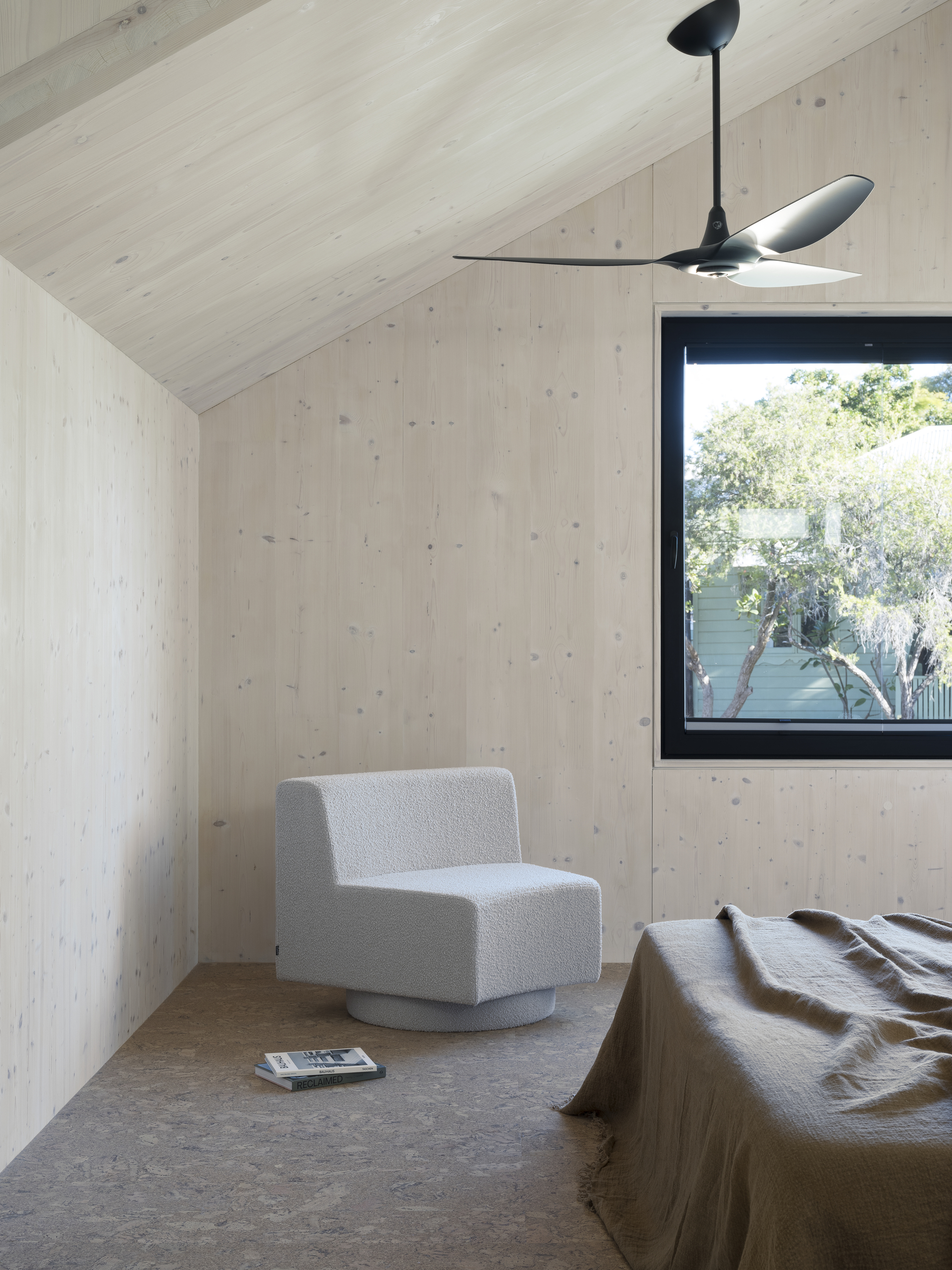
Durability
Good quality cork flooring can have a long life. “Properly cared for, it should last 10 to 30 years,” says Chloe.
It can be used in high traffic areas meaning it is suitable for both kitchens and bathrooms. However, there are some caveats to cork flooring which we’ll detail below.
Affordability
Cork can be a much more cost-effective choice than good quality hardwood flooring.
Compared to bamboo, however, your spend might be something similar but it could be a more expensive flooring choice depending on the cork design selected.
Maintenance
Cork floors aren’t onerous to keep clean. Vacuuming regularly is needed and doormats should be used at all entrances to minimize the amount of dirt and grit that reaches the floor in the first place.
A cork floor can be mopped but wring the mop out thoroughly to ensure the floor doesn’t get too wet. You can use a gentle cleaning product, including those made for cork, but you should avoid strong abrasives and ammonia-based cleaners.
Always clean up spills as soon as they happen, keep high heels off it, and use felt pads under furniture. Over the long term some maintenance is required. “It will need a refinish or seal as guided by the manufacturer,” says Chloe Bullock, but ultimately, cork flooring is quite easy to care for.
Comfort
How it feels to stand and walk on is one of cork’s biggest plus points. Cork is both soft and warm underfoot and it can be of particular benefit where users of the room are standing for long periods — for example in a kitchen.
“Cork provides increased comfort in ways timber doesn’t,” says Chloe, who particularly loves the look and feel of cork.
It's also a particularly good option for households with small children or anyone particularly prone to slipping or falling.
"It's comfortable to walk or stand on for long periods of time," says Silviya Stoyanova, a consultant for flooring company Bricoflor. "It’s often used by yoga and meditation studios as it’s both eco-friendly and good for your feet."
Thermal and acoustic insulation
Another major benefit of cork flooring is its insulating properties. It offers thermal insulation, which means it can actually help a home stay warmer (and reduces your energy bills). Cork flooring is also a natural fire retardant, as it does not spread flames.
Further to that, the structure of cork (which has air pockets within the material) also provides acoustic insulation, reducing the level of noise in a room in which it is laid. Clever, huh?
Hypoallergenic qualities
Cork flooring is a viable choice if someone in your home suffers from allergies. “Cork is hypoallergenic and it’s also resistant to mould and mildew so is also a great choice for asthma sufferers,” says Lolita Colenso of Lolita Colenso Design.
It's also easy to clean, and won't aggravate symptoms in asthma sufferers or people with respiratory issues like a carpet or rug could.
Aesthetics
The interior design world has responded to the aesthetic benefits of cork flooring along with its sustainability credentials.
Its plank format makes it a viable alternative to both hardwood and bamboo and it shares other qualities with these floors. “Cork flooring brings visual warmth and there’s a range of designs to choose from as well as color tones,” says Chloe Bullock.
The Cons of Cork Flooring
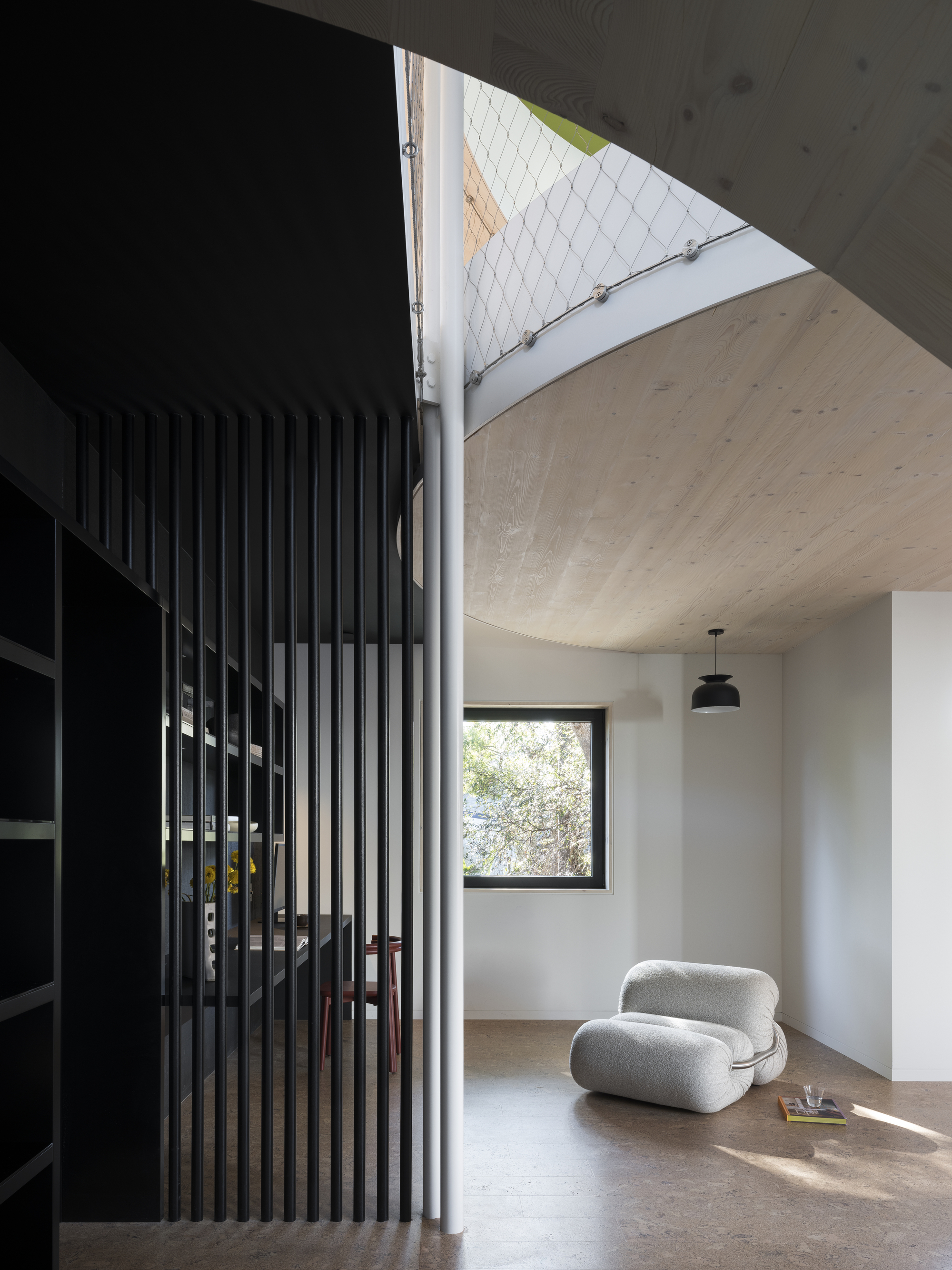
Moisture sensitivity
While cork can be used in a bathroom — where its warmth can be especially welcome — because it is resistant to water, but it isn’t waterproof and shouldn’t be used in a wet room.
The finish of a particular cork flooring can improve its water resistance; check with your supplier when buying. And always pay attention to the supplier’s stipulations on use to avoid invalidating the warranty.
It’s also important to keep up with necessary maintenance of a cork floor in any room.
Chemicals
As we mentioned above, how your flooring affects indoor air quality is important, and a particular cork floor may be made with chemicals you don’t really want to introduce into your home.
“Check the toxicity of any binding or fixing adhesives or coatings as you don’t want to contribute to poor indoor air quality,” advises Chloe Bullock.
Fading and Scratches
Direct sunlight can change the color of cork flooring, so think about the room in which you are proposing to lay it with this in mind and consider window treatments that can protect the floor.
Furthermore, if your household includes a dog or cat, bear in mind that claws can scratch a cork floor. And you don’t want to drag heavy objects across it as this can also cause scratches or dents.
How to Style Cork Flooring

Cork flooring can complement a range of interiors. “It can be used in most interiors styles and spaces,” says Lolita Colenso. “It provides a modern aesthetic to any home and with its comfort and color options, it really can be used in any space from hallways to kitchens, garden studios, and home offices.”
But it's not just a modern flooring option. “With its natural look and finish, cork really does work in rustic interiors and you can have a size to suit with floor tiles, for example, giving an instant heritage look as well as feel,” says Lolita.
FAQs
Is cork flooring hard to maintain?
Cork flooring is relatively easy to maintain compared to many hardwood flooring. A simple sweep every couple of days with a soft-bristled broom will keep cork flooring in good condition, although you may need daily sweeps if you have pets.
It is also important to clean up spills straight away because cork is a porous material so will soak up liquids quickly. Once a month, it is advisable to clean cork floors with mild detergent and a damp mop.
What is the most common disadvantage with cork flooring?
The most common disadvantage of cork flooring is the fact that it can fade under direct sunlight. This can also happen with UV lamps that are used for indoor gardening or beauty treatments.
The best way to avoid any discoloration on cork flooring is to use curtains or blinds to protect the floor from harsh sunlight or avoid installing it in rooms that are known to be sun traps.
Love the look of cork flooring? Why stop there? It can be used on a number of different surfaces, including your walls — and for the truly creative out there, the current cork furniture trend offers an even more playful way to embrace this stylish and sustainable material.

Sarah is a freelance journalist and editor. Previously Executive Editor of Ideal Home, she’s specialized in interiors, property and gardens for over 25 years. She’s written for websites including Houzz, Channel 4’s flagship website, 4Homes, and Future’s T3; national newspapers including The Guardian; and brands including Future’s Homes & Gardens, Country Homes & Interiors, Homebuilding & Renovating, and Period Living, as well as House Beautiful, Good Homes, Grand Designs, Homes & Antiques, and The English Home among others. It’s no big surprise that she likes to put what she writes about into practice, and is a serial house renovator.
